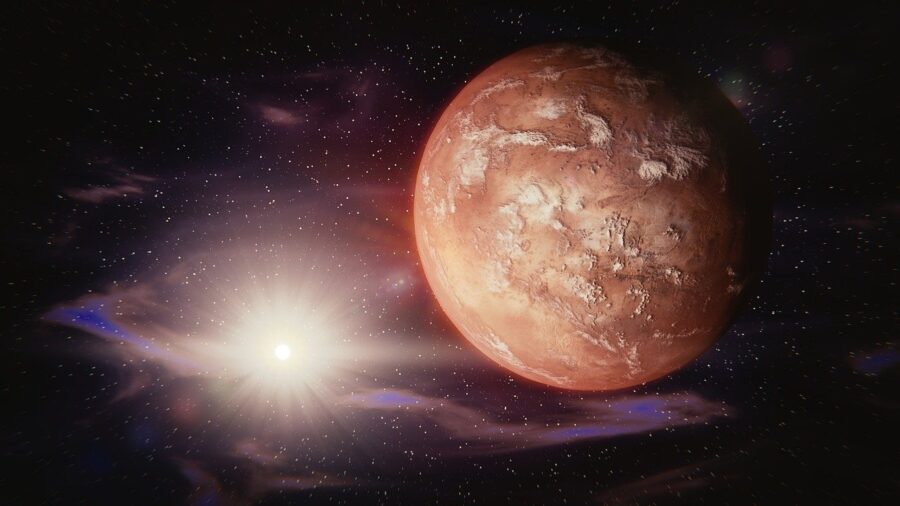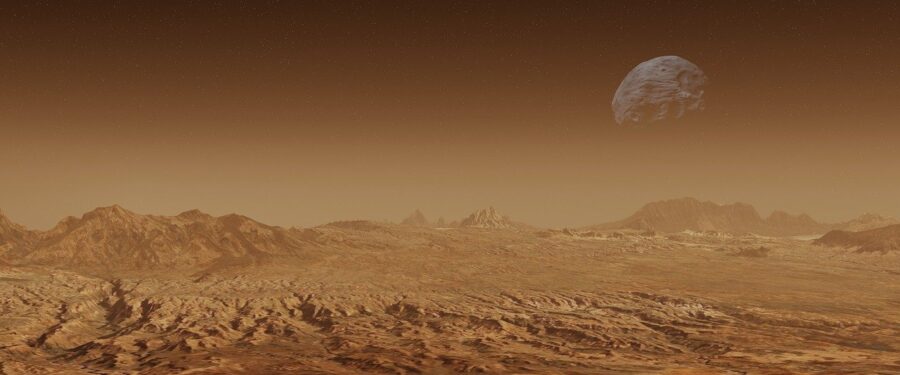Scientists Have Figured Out How Thick Mars Is And Why It’s So Warm
New research has shown that the crust of Mars is about twice as thick as Earth's and that the main heat source for the planet is decaying radioactive elements.

Many of us grew up watching Star Trek and Star Wars, and those amazing stories made us dream of someday exploring distant planets. However, the blunt reality is that even visiting a close planet like Mars is very far off, and we are still learning shocking things about the planets in our own solar system. Case in point: ETH Zurich reports that NASA recorded a quake on Mars last year and that after studying the data, researchers were able to determine that the red planet is much thicker than Earth and the Moon and that Mars uses radiation as a heat source.
That may sound like basic information, but these revelations help to highlight how little we actually know about Mars. So far, no humans have been able to visit the planet and make their own observations, so we have to mostly go on the data that NASA has collected via observational spacecraft and planetary rovers. In this case, researchers simply lucked out that the space agency was able to get such clear reads from the “marsquake,” which is the largest quake we have ever observed on a planet other than our own.
We know what you’re thinking: how does a quake on Mars help us learn more about the planetary thickness and its unconventional heat source? To begin with, quakes naturally send out waves through planets that must pass through various planetary structures, and researchers were able to analyze the frequency of waves that circled the planet as many as three times. Through this research, they were able to discover more about the interior structure of the planet than we previously knew thanks to the waves passing through.

With this Mars data, researchers were able to compare what they had learned with readings that we already had for both Earth and the moon. It turns out that the Martian crust is thick, averaging somewhere between 26 – 35 miles. Compared to that, the moon has an average thickness of 21 – 27 miles and Earth has a downright puny average of 13 – 17 miles.
While we doubt these new findings will impact that strange William Shatner reality show Stars On Mars, perhaps the most interesting finding concerns the radioactive heart of Mars. In a recent study, researchers found that the main heat source for the red planet is “the decay of radioactive elements such as thorium, uranium, and potassium.” The Martian crust is positively filled with these radioactive elements, and the research team posits that some of these elements are still breaking down underneath the crust where we simply cannot see them.
Overall, this is a very exciting time for anyone that is hoping to learn more about Mars, which is fast on track to be the first alien planet that humanity colonizes. Despite some launch setbacks and the increasingly erratic behavior of CEO Elon Musk, SpaceX is still focusing on launching humanity to Mars, where we will likely make more fascinating discoveries about this neighboring planet. In the meantime, we’ll settle for the surprising knowledge that Mars is dummy thick, and we can only hope the quaking claps of its crusty hemispheres aren’t scaring all the aliens away from our solar system.












